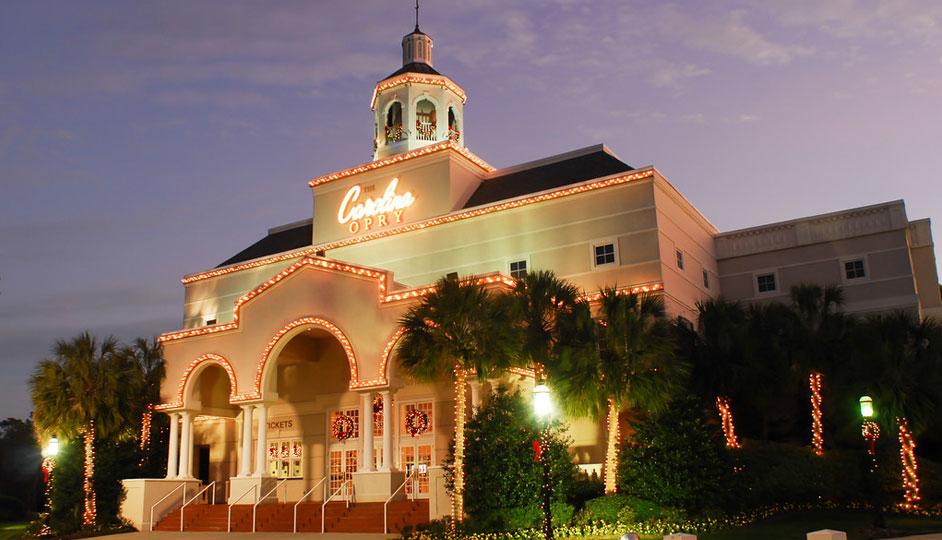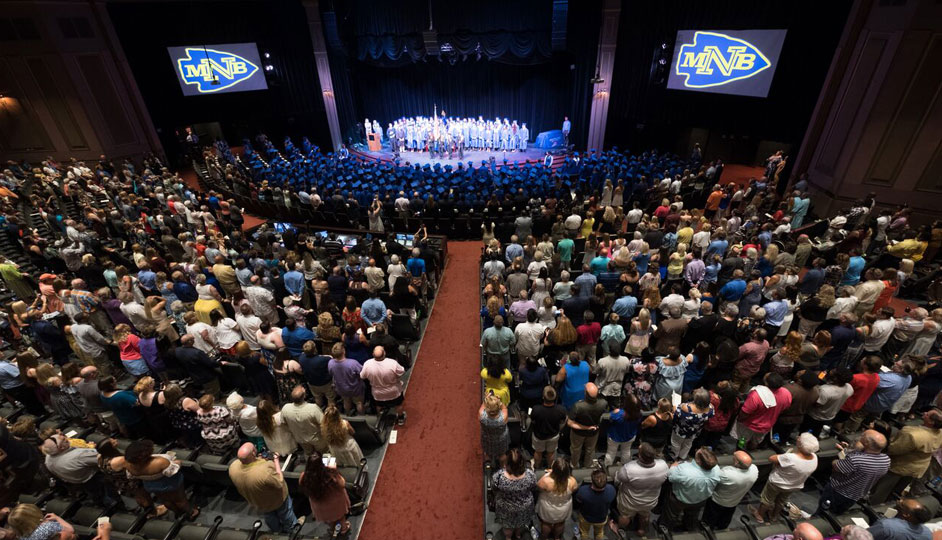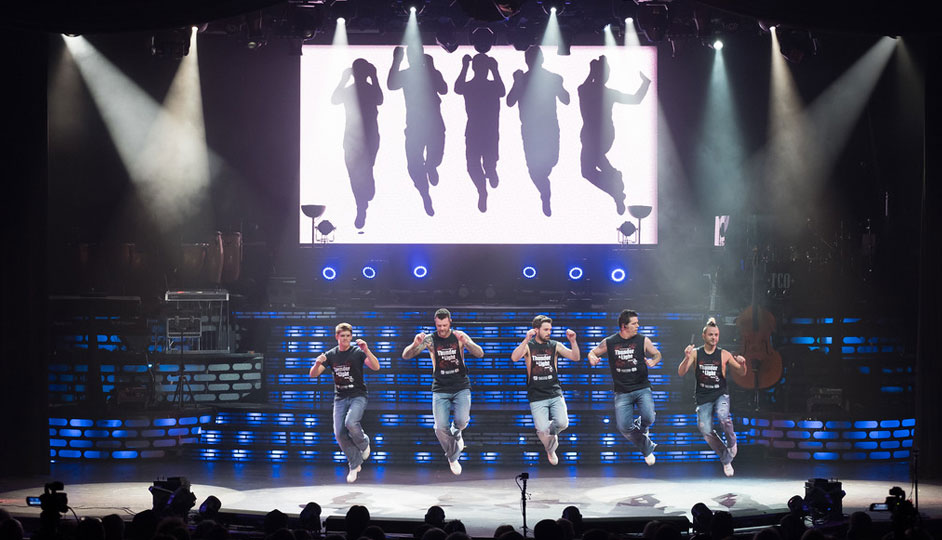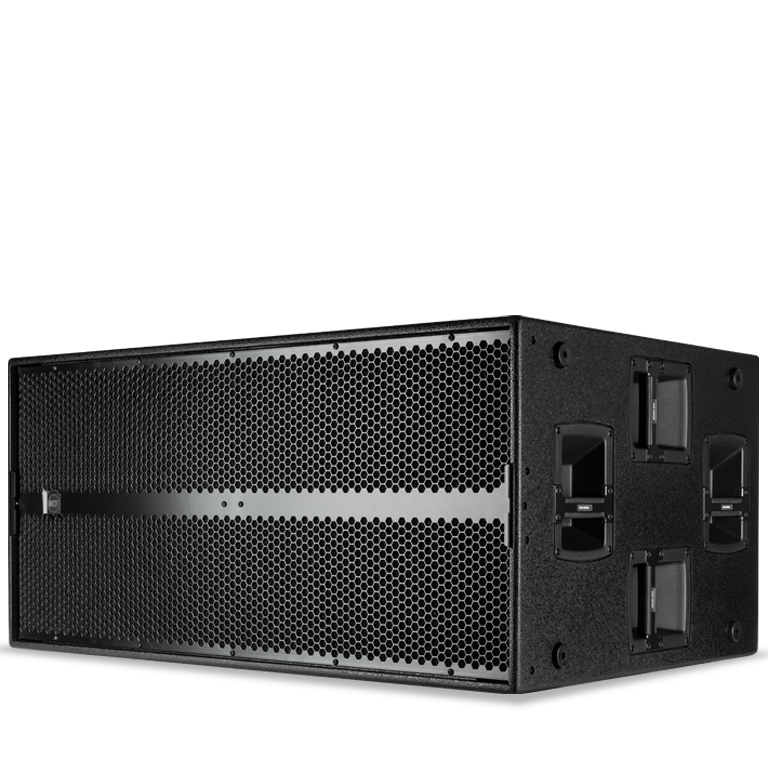Carolina Opry’s Impressive Sound from RCF
Carolina Opry’s Impressive Sound from RCF



As tourists head into Myrtle Beach, they can’t miss the grand columns and sparkling cupola of the majestic Carolina Opry that can be seen from every direction. A majestic palace, the Carolina Opry stands as a showplace on the Grand Strand Carolina beach stretch. It’s been voted as South Carolina’s “Most Outstanding Attraction,” and the only show to win the coveted Governor’s Cup, the state’s highest tourism award. The beginnings date back to 1986, when a young country music singer/songwriter migrated from Nashville to bring a new sound to the beachfront when Calvin Gilmore opened a modest 1,000-seat theater in Surfside Beach. Soon, the shows were constantly selling out. So he started a second show in North Myrtle Beach. Those sold out, too.
“I told them I need a week to properly wire, install and tune. We didn’t have that time.” Still, “We did the pre-wire during the week.” Thankfully, “because of the ease of the RCF rigging and hardware, we had the system up in half a day on Sunday producing sound. It was amazing how quick it went up.” The system is comprised of left and right line array hangs of eight RCF HDL30-A (dual 10” two-way active line array cabinets) with a center cluster of four cabinets used for front fill and adds the needed energy to fill the fan-shaped room, with six RCF SUB9006-AS (dual 18” active subwoofers).
Cook goes on to complement the support from RCF. “RCF personnel came down to help commission the system and trained us on RDNet, showing us some of the ins-and-outs to make our life easier.”
With the new system, “the definition of the instruments and the vocals is impressive,” says Cook. As for ownership, the response was the system is almost too good. “It might be too clean…I can hear the mistakes,” was the comment, going on to finish, “that’s a hell of a PA. That’s what I wanted.”
Related products
SUB 9006-AS
ACTIVE HIGH POWER SUBWOOFER
- 142 dB max SPL
- 7200 Watt Peak power - 3600 Watt RMS
- 30 Hz - 400 Hz frequency response
- 2 x 18" Woofer
HDL 30-A
ACTIVE TWO-WAY LINE ARRAY MODULE
- 2200W Two Way Amplifier
- 137 dB Max SPL
- Exclusive FiRPHASE technology on-board
- RDNet Control and Management


